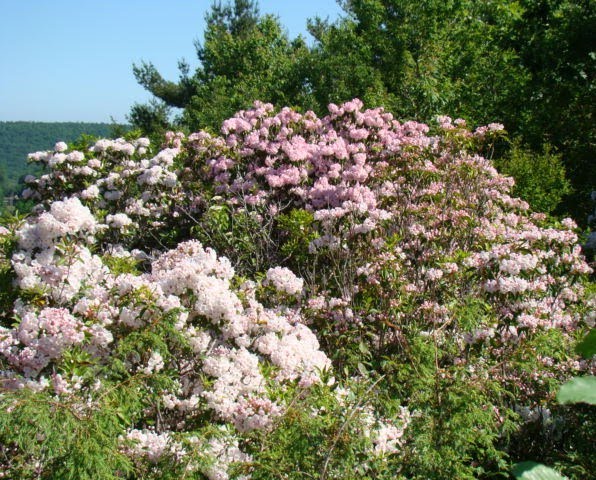
General Information
This ornamental fir species is not native to New England but can be found as noble specimens if you look closely enough in arboretums and botanical gardens. The fine aroma of the White Fir makes an excellent Christmas tree. The branches keep their shape and retain their needles well. It is a useful lumber product for boxes, crates, doors and sashes.
A favorite tree of squirrels and rodents for its seeds, seedlings are also browsed by deer. Grouse enjoy feeding on the buds and needles as well as using the trees for winter roosting. Porcupines gnaw on the bark and can occasionally girdle seedlings. Regeneration can even be limited in certain areas due to gophers.

The native range of the White Fir extends from northern Mexico up to southeastern Idaho and central Oregon, and from central Colorado to the mountainous regions of the Pacific coast, specifically in elevations of 4,000 to 10,000 feet along ¬the western Sierra Nevada range. White Fir thrives in moderately humid climates with long winters and moderate to heavy snowfalls.
Plant Habit and Form
The White Fir is pyramidal in shape with medium to coarse texture. The bluish-green needles curve up and outward arranged horizontally on branches, similar in shape to a rib cage. The bark is heavily ridged. Trees grow up to 125 to 150 feet tall and 2 to 4 feet in diameter, with a dome-shaped crown.
Growing Requirements
White Fir is generally tolerant of a wide variety of soil conditions and can be easily transplanted. It is reported to be very adaptable to cultivation and even tolerates city conditions. It prefers moderately deep and well-drained sandy-loam soils, appreciating moderate to strongly acidic granular and clay loam as well.
Flowering and Fruiting
White Fir is monoecious with densely grouped, reddish male cones around a half inch long occurring on the underside of twigs and erect female cones found primarily in the uppermost crown. Flowering occurs May, June and into July depending on the elevation. Seeds mature in September and disperse about 3 weeks later.
Pests and Diseases
White Fir are disturbed by many different bark beetles. Needle rusts can cause problems in Christmas tree production.
ID Tips
Bluish green, 2 to 3 inch needles that are flat and blunt to pointed arranged horizontally on branches like a rib cage. Olive green to purple cones are 3 to 5 inches long.

